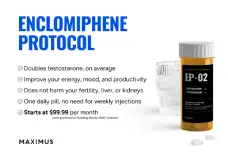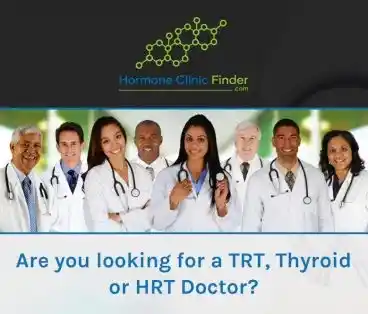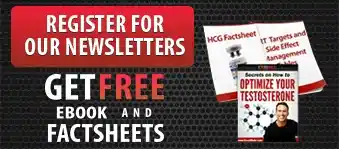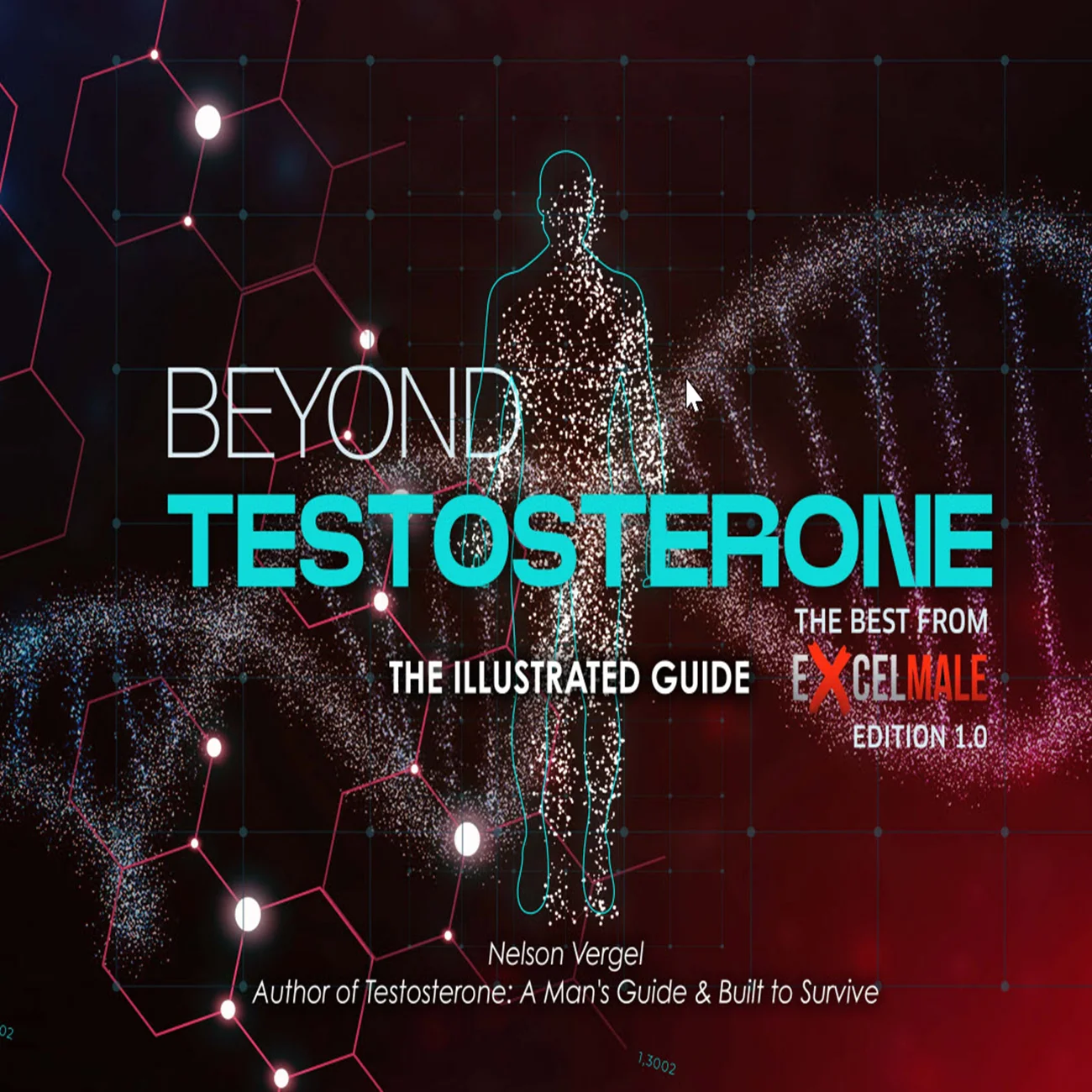Sex Hormone Binding Globulin (SHBG): Appreciating Its Function in Men's Hormone Health
Overview
Sex hormone binding globulin (SHBG) is a protein frequently discussed in conversations about testosterone, libido, and muscle gain. If you’re on a testosterone treatment journey or active in fitness, you’ve likely encountered SHBG in the context of “free” versus “total” testosterone. Some see SHBG as a hindrance to muscle gains, while others recognize its essential biological role. This guide breaks down what SHBG is and why it matters for your health.
What Is SHBG?
SHBG is a protein produced primarily by the liver. It binds to sex hormones in your bloodstream-mainly testosterone, but also dihydrotestosterone and estrogen. Think of SHBG as a “taxi” for these hormones. Most testosterone in your blood is not free-floating; about two-thirds is tightly bound to SHBG, another one-third is loosely bound to albumin, and only about 2% or less is unbound (“free”).
Types of Testosterone in the Blood
- Total Testosterone: The sum of testosterone bound to SHBG, albumin, and the small free fraction.
- Free Testosterone: Not bound to any protein or only very loosely bound; this is the biologically active component.
- Albumin-Bound Testosterone: Loosely bound and considered “bioavailable” because it can dissociate and become available to tissues.
- SHBG-Bound Testosterone: Tightly bound and historically considered “locked away,” unable to directly produce effects while linked to SHBG.
Analogy:
If you have 100 units of testosterone:
- About 2 units are free and immediately active.
- About 30 units are carried by albumin, ready to be used.
- About 68 units are tightly bound to SHBG, held in reserve.
Why Free vs. Bound Testosterone Matters
Free testosterone enters cells, activates receptors, and supports muscle growth, energy, libido, mood, and metabolism. High SHBG can bind up much of your testosterone, leaving free T low even if total T is high, leading to symptoms of low testosterone (fatigue, poor gym performance, low libido, brain fog). Conversely, low SHBG can result in a higher percentage of free T, which can seem beneficial but may also bring its own challenges.
Key Point:
Free T is often a better indicator of how you feel than total T alone. SHBG levels greatly influence your free testosterone. Many hormone-savvy doctors consider free T in the low range as evidence of possible hypogonadism, even if total T is “normal.”
SHBG’s Role in the Body
SHBG isn’t just a “bad guy” that binds up testosterone. It serves several important functions:
- Stable Supply of Hormones: SHBG ensures a steady supply of hormones, preventing wild fluctuations.
- Protection and Transportation: SHBG and albumin transport testosterone through the bloodstream and protect it from immediate breakdown or excretion.
- Regulation of Hormone Availability: By controlling the ratio of free to bound hormone, SHBG regulates which tissues absorb testosterone.
Feedback and Bioavailability:
The endocrine system senses not just total hormone but also free hormone effects. Changes in SHBG can impact feedback mechanisms in the hypothalamus-pituitary-gonadal axis, maintaining hormonal equilibrium. Some studies suggest that SHBG-bound testosterone may not be entirely inactive; certain tissues can internalize the SHBG-testosterone complex, making it bioavailable under specific conditions.
High SHBG: Causes and Consequences
Causes of High SHBG:
- Aging: SHBG often rises with age, lowering free testosterone.
- Liver Conditions: Fatty liver, cirrhosis, or cancer can increase SHBG production.
- Thyroid Levels: Hyperthyroidism increases SHBG; hypothyroidism reduces it.
- Estrogen Levels: High estradiol (from obesity, certain drugs, or aromatization of testosterone) raises SHBG.
- Medications and Diet: Some medications (HIV drugs, anticonvulsants) and heavy alcohol use can increase SHBG.
- Body Composition & Metabolic Health: Obesity usually lowers SHBG, but some metabolic issues can paradoxically raise it.
- Chronic Inflammation: Linked to higher SHBG production.
Effects of High SHBG:
- Lower free testosterone
- Low energy
- Decreased muscle gains
- Increased body fat or difficulty losing fat
- Low libido or sexual dysfunction
- Depressed mood or cognitive fog
High SHBG can mask low-T diagnosis, as total T may appear normal while free T is low.
How to Lower SHBG
- Increase Testosterone Output: Exercise (especially resistance training) and weight loss can help.
- Testosterone Replacement Therapy (TRT): Androgens like testosterone tend to lower SHBG. Adjusting TRT protocols may help.
- Treat Underlying Conditions: Address thyroid disorders, liver health, and metabolic issues.
- Supplements and Medications: DHEA, boron, and certain drugs may lower SHBG, but use caution and consult a doctor.
- TRT Modalities: Different forms of testosterone (injections, creams, or orals) may affect SHBG differently.
Note:
The goal is not to eliminate SHBG but to keep it within a healthy range.
Low SHBG: Less Is Not Always More
What Defines Low SHBG?
The reference range for SHBG in adult men is usually 10–60 nmol/L. Low SHBG is considered below the low teens or single digits.
Causes of Low SHBG:
- Obesity and Metabolic Syndrome: Often linked to low SHBG and an early warning sign for type 2 diabetes.
- External Androgens: Use of anabolic steroids or TRT can reduce SHBG.
- Genetic Variations: Some men naturally have low SHBG.
- High Growth Hormone: Conditions like acromegaly can reduce SHBG.
- Low Thyroid Function: Hypothyroidism lowers SHBG.
- Medications: Insulin treatment and other hormonal medications can lower SHBG.
Is Low SHBG Always a Concern?
Not always. If a man feels well and has no health problems, low SHBG may not require intervention. However, if an underlying condition such as diabetes or obesity is causing low SHBG, it is important to address it. Extremely low SHBG can complicate testosterone management, causing rapid hormone fluctuations and side effects.
Managing Low SHBG:
- Address Underlying Health Issues: Treat diabetes, hypothyroidism, and other metabolic conditions.
- Tailor Hormone Therapy: Use smaller, more frequent dosing or different TRT modalities to avoid hormone spikes.
- Monitor for Side Effects: High free androgen levels can cause acne, hair loss, or estrogenic side effects.
Striking the Balance: Ideal SHBG for Performance and Health
Key Takeaways:
- Monitor SHBG alongside testosterone; it greatly influences how you feel and perform.
- Prioritize lifestyle: Exercise, diet, weight control, and moderate alcohol intake help optimize SHBG and testosterone.
- Individualize hormone therapy: Adjust TRT based on SHBG and free testosterone, not just total T.
- Listen to your body: symptoms matter more than numbers; work with a qualified medical practitioner for personalized advice.
Though less well-known than testosterone, SHBG is essential for men’s hormonal health. Rather than being a simple villain, SHBG is a regulator and transporter that maintains hormonal balance. Problems arise when SHBG is too high or too low relative to testosterone levels. By understanding and monitoring SHBG, you can make better decisions about diet, exercise, and hormone treatments to optimize your health and performance. The goal is not to have zero SHBG or sky-high SHBG, but to maintain a healthy balance that supports your best possible well-being.












